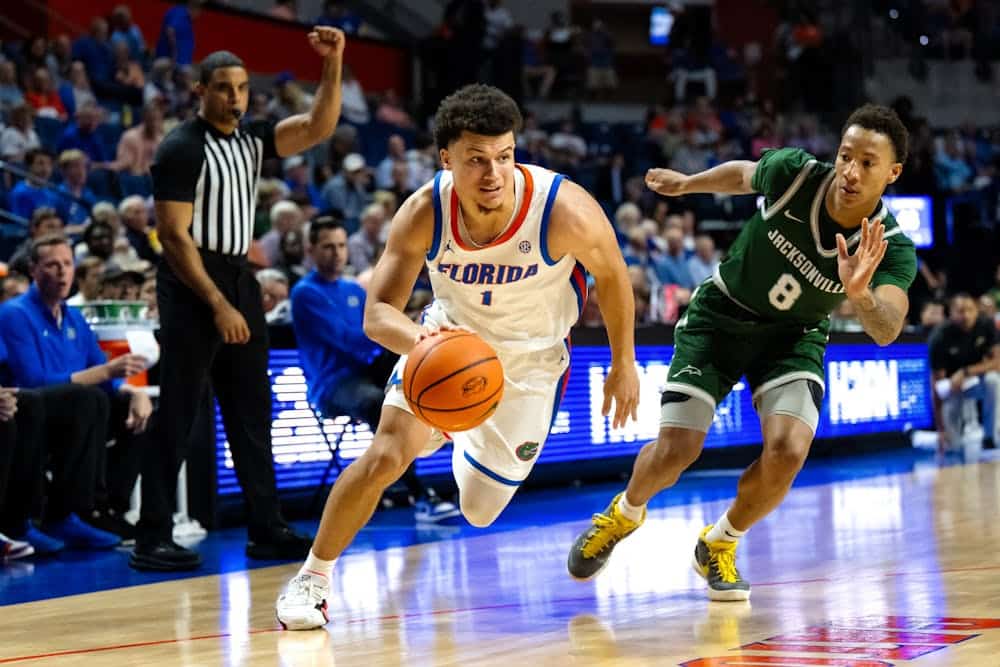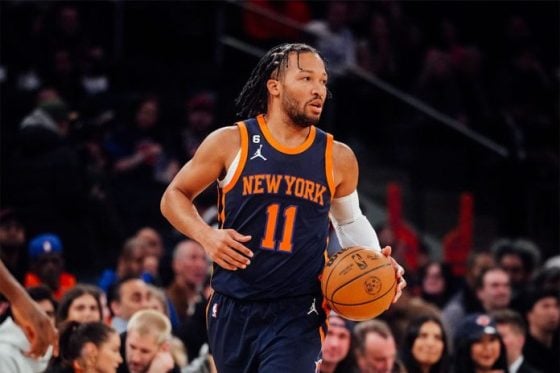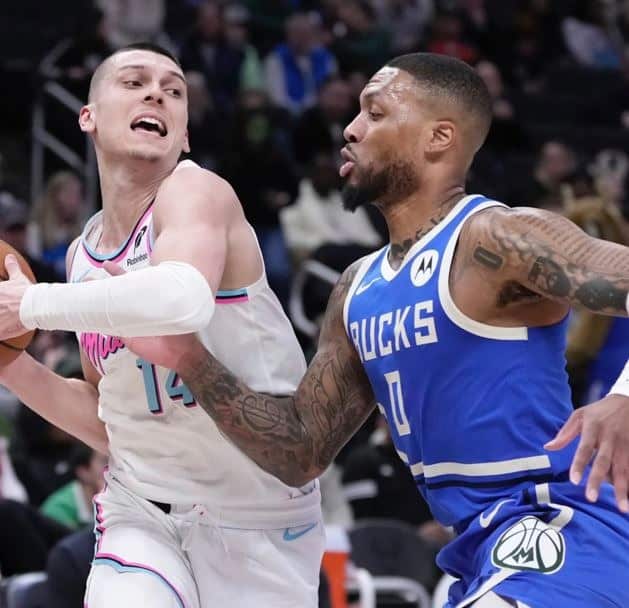Head coach Ime Udoka has taken a lot of heat this season. The Boston Celtics are 18-21 so far this season and fans are not pleased. Some blame Ime Udoka, some blame the players, and some blame the organization as a whole. The word “inconsistent” doesn’t do justice.
However, the one thing that has been consistent this year is also the one aspect of the team that shouldn’t be – the rotations.
This is something Udoka alluded to in the past. Most notably, he hinted at tinkering with the rotation after the Celtics’ blowout loss to the Phoenix Suns earlier this year:
“It’s [potential lineup changes] something we’ll definitely take a look at. Twenty-seven games is a good sample size.”
Udoka was been forced to change his rotations due to injury and health and safety protocols in December. Payton Pritchard got more chances, as did the likes of Romeo Langford, Juancho Hernangomez, and the now waived Jabari Parker, for better or for worse. Despite his experimentation, Udoka returned back to his original rotations as soon as he got the chance to, and that’s a problem.
It’s no secret that the Celtics have struggled with shooting this season. In wins this season, Boston shoots 37.3 percent from deep. Meanwhile, that number falls off a cliff to 30.1 percent. Based on those statistics, good shooting equals wins, and naturally, poor shooting equals losses.
Nonetheless, the Celtics continuously churn out lineups that lack spacing. Boston’s second-most common lineup in terms of minutes this season (Marcus Smart, Schroder, Jayson Tatum, Al Horford, Robert Williams) has shot just 26.9 percent from behind the arc. Their fourth-most popular lineup of Schroder, Smart, Jaylen Brown, Tatum, and Williams shoots only 31.9 percent when on the floor together. Neither of these numbers comes close to the magic number of 37.3 percent.
Having both Schroder and Smart in the starting lineup is just asking for trouble. Smart shoots 29.7 percent from three-point range this season, and Schroder only shoots 33.3 percent. Both have their strengths, but shooting is very clearly not one of them. Yet, that pairing has played the fifth-most minutes together of any two-man lineup this season (656).
Putting shooting alongside Tatum and Brown is crucial, and the backcourt of Smart and Schroder does the opposite. There are other options that would help improve the starting lineup’s overall shooting, but the main one that stands out is sophomore Payton Pritchard. Since re-earning his place in the regular rotation, Pritchard has shot 39.6 percent from deep. Having Pritchard as an off-ball threat instead of Schroder or Smart could do wonders.
Having players who are threats from behind the arc forces opposing defenses to guard Tatum and Brown differently. Take a look at this play. Brown is driving late in the shot clock, and with Schroder at the top of the key, the defense doesn’t hesitate to help off of him and double-team Brown. He misses a tough shot in the paint.
Schroder isn’t a great three-point shooter, so defenders are comfortable leaving him open on the three-point line. The same cannot be said about Pritchard.
Against the Milwaukee Bucks, watch as Grayson Allen desperately fights over the screen set by Tatum. He’s so worried about Pritchard hitting an open three that he prioritized defending him over helping on Tatum’s drive. This led to a fairly easy mid-range look for Tatum.
While the two plays are obviously not identical, the point is that Pritchard has more gravity on the three-point line. Defenders are drawn to him, opening up space for Tatum, Brown, and others on the drive and on the perimeter. It’s all about how the defense reacts to certain players being on the floor.
Watch these next four clips. Don’t pay attention to the result of the shot. Instead, look at how the defense reacts to each player getting the ball behind the three-point line.
It’s very slight, but notice the defenders’ hesitation when closing out on both Schroder and Smart. Now go back and look at the Pritchard clips again. Notice how there’s almost no hesitation at all? Obviously, different defenses play with different styles, but the general consensus remains: Pritchard puts more pressure on opposing defenses without ever taking a shot.
Other options to add more spacing to Boston’s backcourt include Romeo Langford and Aaron Nesmith, but neither has shot nearly as well as Pritchard this season. He’s the clear frontrunner to earn an increased role in Udoka’s rotations.
When looking at the choice between Smart and Schroder, Schroder would likely be the one taking a step back. Smart is a better defender, has been a better playmaker this season, and Udoka named him the starting point guard before the season even began.
This isn’t to say that Schroder isn’t a good basketball player. His shot creation and scoring ability have given the C’s a much-needed boost when either Tatum or Brown have been out. However, when both of those two are playing, his production plummets.
So, when thinking about the long-term success of the C’s, prioritizing floor spacing should be towards the top of Udoka’s laundry list. Pritchard earning more minutes over Schroder not only could help the team win more games, but it would also give the Jays a more reliable option to kick out to on the perimeter.






